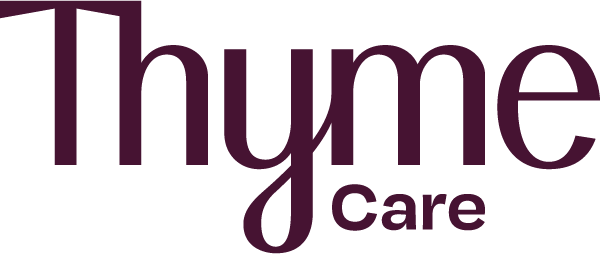Article
Change Healthcare's Annual Survey Points to Challenges for Value-Based Contracts
Author(s):
Among the survey’s crucial finding are that value-based contracts are not yet seeing marked success. According to the survey results, 39.8% of respondents said that the majority of value-based relationships within the healthcare market will not contain both upside and downside shared risk for another 3 to 5 years.
Value-based contracts are not yet seeing marked success, according to the results of Change Healthcare's Ninth Annual Industry Pulse Survey. The group’s survey drew on responses from approximately 2000 Change Healthcare customers (including health plans, third-party administrators, integrated delivery systems, hospitals, government entities, academics, and other stakeholders), and the results report on the challenges and opportunities in the healthcare space as identified by these stakeholders.
According to the survey results, 39.8% of respondents said that the majority of value-based relationships within the healthcare market will not contain both upside and downside shared risk for another 3 to 5 years. Further respondents (17.5%) said it would take more than 5 years, while still others (6.3%) said that such contracts may never become a reality.
Among the challenges facing value-based contracts are limits on data sharing, a lack of agreement on outcome measures, and a lack of incentives for payers and providers to collaborate.
One survey respondent, a health plan manager, is reported to have said that “each entity has their primary objectives in how they operate and utilize clinical data, and they don’t necessarily align. There seems to be a number of attempts to move forward on a large scale, which may be too overwhelming to successfully implement.”
Furthermore, the survey reports that payers are reportedly struggling to support high-value care. According to 27.9% of respondents, standardized data and outcome measures, which are crucial for care coordination, are lacking. Another 22.6% of respondents called on payers and providers to co-develop risk management programs, 13.9% called for shared performance data, and 13.0% saw a need for bundled payments for episodes of care.
One bright spot in the landscape is the evolution of the mix of clinical data sources used by payers and providers. In 2018, 30.1% of plans named electronic health record data as being among their top 2 sources of clinical data (up from 26.6% in 2017), and the number of respondents citing health information exchange data rose from 3.8% in 2017 to 9.1% in 2018.
“That jump is an encouraging sign that this mode of data exchange has gained a foothold,” the report’s authors wrote. Furthermore, the fact that 9.1% of respondents cited integration of information from patients’ health surveys signals that stakeholders are “giving focus to individual patients not just population health,” wrote the authors.
Even as providers and payers wrestle with the concept of value, consumers are beginning to demand better access, improved cost transparency, and convenience, all of which are opening doors to nonhealthcare entrants into the marketplace. Those entrants, including Amazon, Walmart, Google, and Apple, could have a heavy impact on the business models that currently dominate the healthcare space, according to survey respondents.
“Healthcare is navigating disruptions on multiple fronts, and as a consequence, payers and providers are finding themselves stretched thin as they try to address a perfect storm of change,” David Gallegos, senior vice president of consulting services at Change Healthcare, said in a statement.
In total, 32.2% said that they expect these entrants to disrupt current business models, 13.3% said that they foresee these companies introducing innovations, and 11.1% said that they will allow for refined consumer experiences.
“As if insurance market changes, value-based care, consumerization, and regulatory uncertainty weren’t enough, this year the industry is facing a new breed of market entrants and innovators whose impact remains unknown but could be substantial. Even the largest healthcare organizations don’t have the people and processes to move on all these fronts alone, yet they can’t ignore these changes,” Gallegos added.





